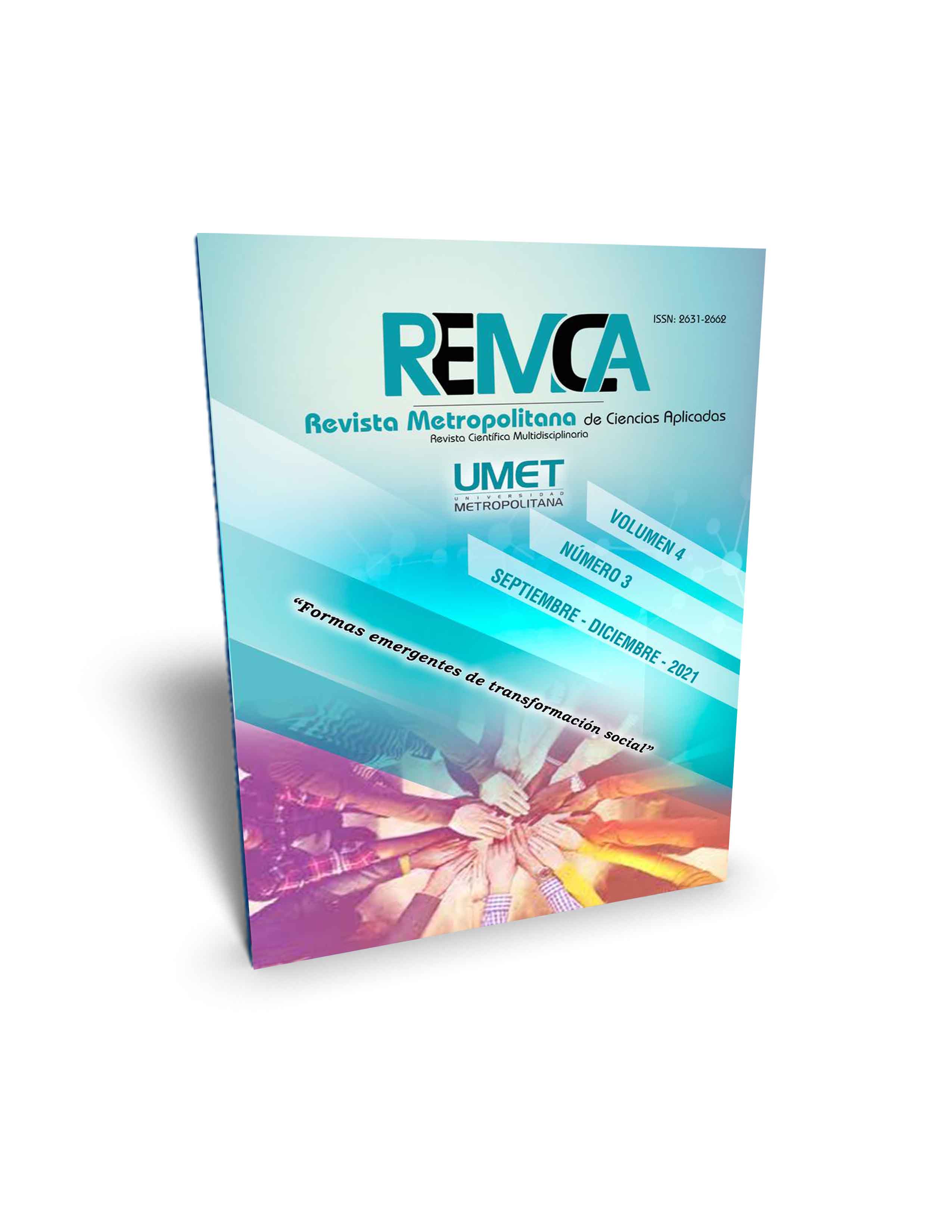Factors That Affect The Unemployment Rate In South American Countries During The Period 2009-2017
DOI:
https://doi.org/10.62452/vd0kec30Keywords:
Unemployment, poverty, economic environments, administrationAbstract
The purpose of this investigations is to determine and analyze the factors that infer within the unemployment rate in South America during 2009-2018, taking into consideration that the lack of employment is one of the main problems of greater relevance within the economy of the nations, for this reason great concern is generated within the social, political and economic environments, currently in South American countries due to the lack of policies that help to stop or control this problem. The applied methodology is descriptive with a quantitative approach within the data analysis, through the econometric analysis for panel data, it is proposed to explain the unemployment rate estimation model, the analysis of the texts and data obtained reflect that The factors that generate the greatest repercussion are linked to the political and economic administration due to the mismanagement of resources in the wealth generated by the country itself and the people within its social environment
Downloads
References
Banco Mundial. (2020). Desempleo, total (% de la población activa total). https://datos.bancomundial.org/indicator/SL.UEM.TOTL.ZS
Bayón, J., & Arenas, A. (2019). Relaciones laborales ¿Una realidad estructural, coyuntural o un perjuicio instaurado a nivel mundial? Revista Venezolana de Gerencia, 24(87), 737–768.
Bazán, W. (2020). Fundamentos para pronosticar una serie de tiempo estacionaria con información de su propio pasado. Industrial Data, 23(1), 207–228.
Comisión Económica para América Latina y el Caribe. (2017). Estudio Económico de América Latina y el Caribe La dinámica del ciclo económico actual y los desafíos de política para dinamizar la inversión y el crecimiento. CEPAL www.cepal.org/es/suscripciones%0Ahttps://repositorio.cepal.org/bitstream/handle/11362/42001/159/S1700700_es.pdf
Delgadillo, O., Ramírez, P., Leos, J., Salas, J., & Valdez, R. (2016). Pronósticos y series de tiempo de rendimientos de granos básicos en México. Acta Universitaria, 26(3), 23–32.
Fajardo, V. (2020). Condiciones del empleo formal e informal en Ecuador. 6, 279–294.
Londoño, L., & Mejía, L. (2019). Desempleo y protección social: el caso colombiano. Revista Facultad Nacional de Salud Pública, 37(3), 54–63.
Maldonado, M., Guamán, C., Salcedo, V., & Sotomayor, G. (2021). Crecimiento Y Desempleo En Ecuador: Enfoque Asimétrico De La Ley De Okun, 12, 27–42.
Martínez, E. (2016). Empleo, desempleo e identidades de los trabajadores despedidos del sistema siderúrgico mexicano. Estudios Sociológicos de El Colegio de México, 34(101), 383–406.
Meneses, K., Córdova, G., & Aguirre, K. (2021). Lo más destacado y sobresaliente que caracteriza al mercado laboral ecuatoriano en siete hechos estilizados. In Revista Economía y Política, (33).
Ramos, C., & Álvarez, R. (2020). La tasa natural de desempleo en Colombia 2001-2018: evolución y estimaciones. Entramado, 16(1), 76–93.
Rodríguez, A., & Pérez, O. (2017). Métodos científicos de indagación y de construcción del conocimiento, 82, 179–200.
Silva, V., Martínez, J., & Vergel, M. (2017). Modelo dinámico para analizar el desempleo en egresados de programas de educación superior. Revista Logos, Ciencia & Tecnología, 9(2).
Torres, T., Acosta, M., & Parra, L. (2019). Dimensiones culturales del empleo y desempleo de jóvenes universitarios de Cali, Colombia. Psicogente, 22(41), 1–23.
Torres, T., & Munguía. (2018). Representaciones sociales de empleo y desempleo en estudiantes universitarios de Quito, Ecuador. Rev Reflexiones, 97(2), 7–22.
Vallejo, E. (2020). El Desempleo en Colombia. http://www.banrep.gov.co/docum/ftp/borra176.pdf
Downloads
Published
Issue
Section
License
Copyright (c) 2021 Iliana Marisela Reyes Cueva, Jennifer Katiuska Cruz Granda, Patricia Alexandra Uriguen Aguirre, Holger Fabrizzio Bejarano Copo (Autor/a)

This work is licensed under a Creative Commons Attribution-NonCommercial-ShareAlike 4.0 International License.
Authors who publish in Revista Metropolitana de Ciencias Aplicadas (REMCA), agree to the following terms:
1. Copyright
Authors retain unrestricted copyright to their work. Authors grant the journal the right of first publication. To this end, they assign the journal non-exclusive exploitation rights (reproduction, distribution, public communication, and transformation). Authors may enter into additional agreements for the non-exclusive distribution of the version of the work published in the journal, provided that acknowledgment of its initial publication in this journal is given.
© The authors.
2. License
The articles are published in the journal under the Creative Commons Attribution-NonCommercial-ShareAlike 4.0 International License (CC BY-NC-SA 4.0). The terms can be found at: https://creativecommons.org/licenses/by-nc-sa/4.0/deed.en
This license allows:
- Sharing: Copying and redistributing the material in any medium or format.
- Adapting: Remixing, transforming, and building upon the material.
Under the following terms:
- Attribution: You must give appropriate credit, provide a link to the license, and indicate if any changes were made. You may do this in any reasonable manner, but not in any way that suggests the licensor endorses or sponsors your use.
- NonCommercial: You may not use the material for commercial purposes.
- ShareAlike: If you remix, transform, or build upon the material, you must distribute your creation under the same license as the original work.
There are no additional restrictions. You may not apply legal terms or technological measures that legally restrict others from doing anything the license permits.




